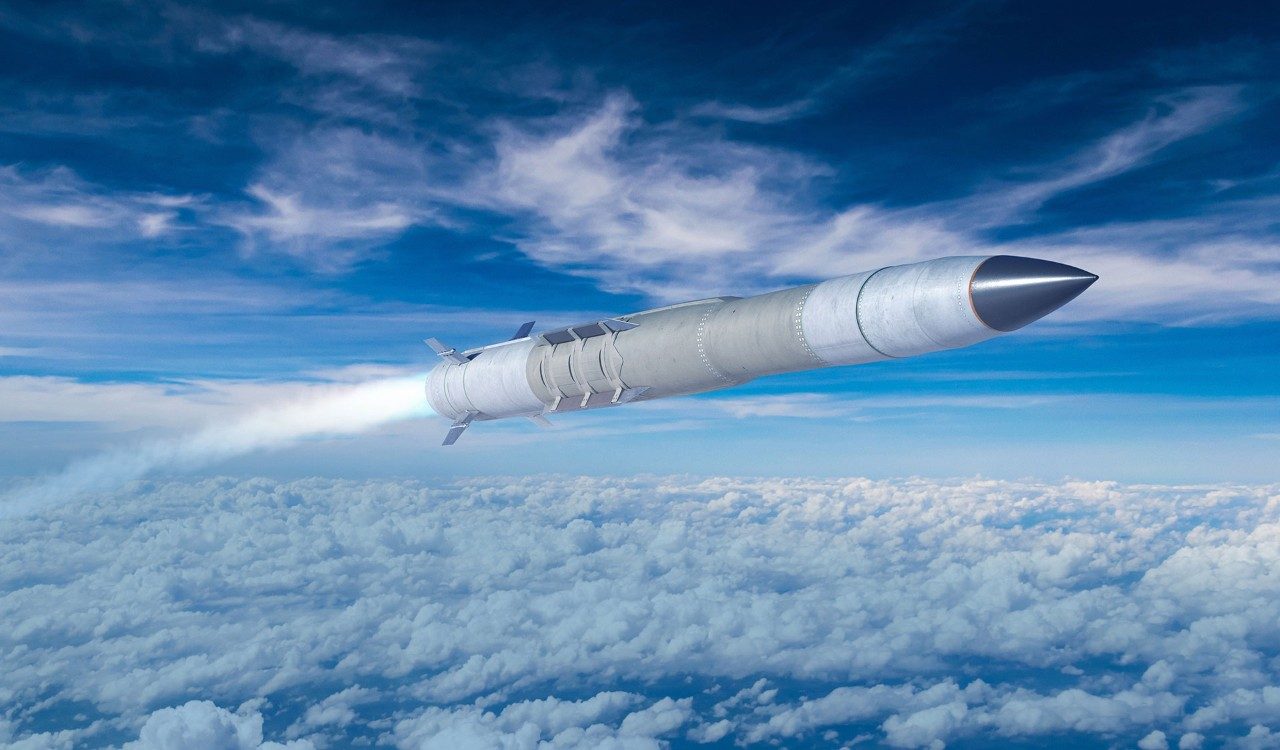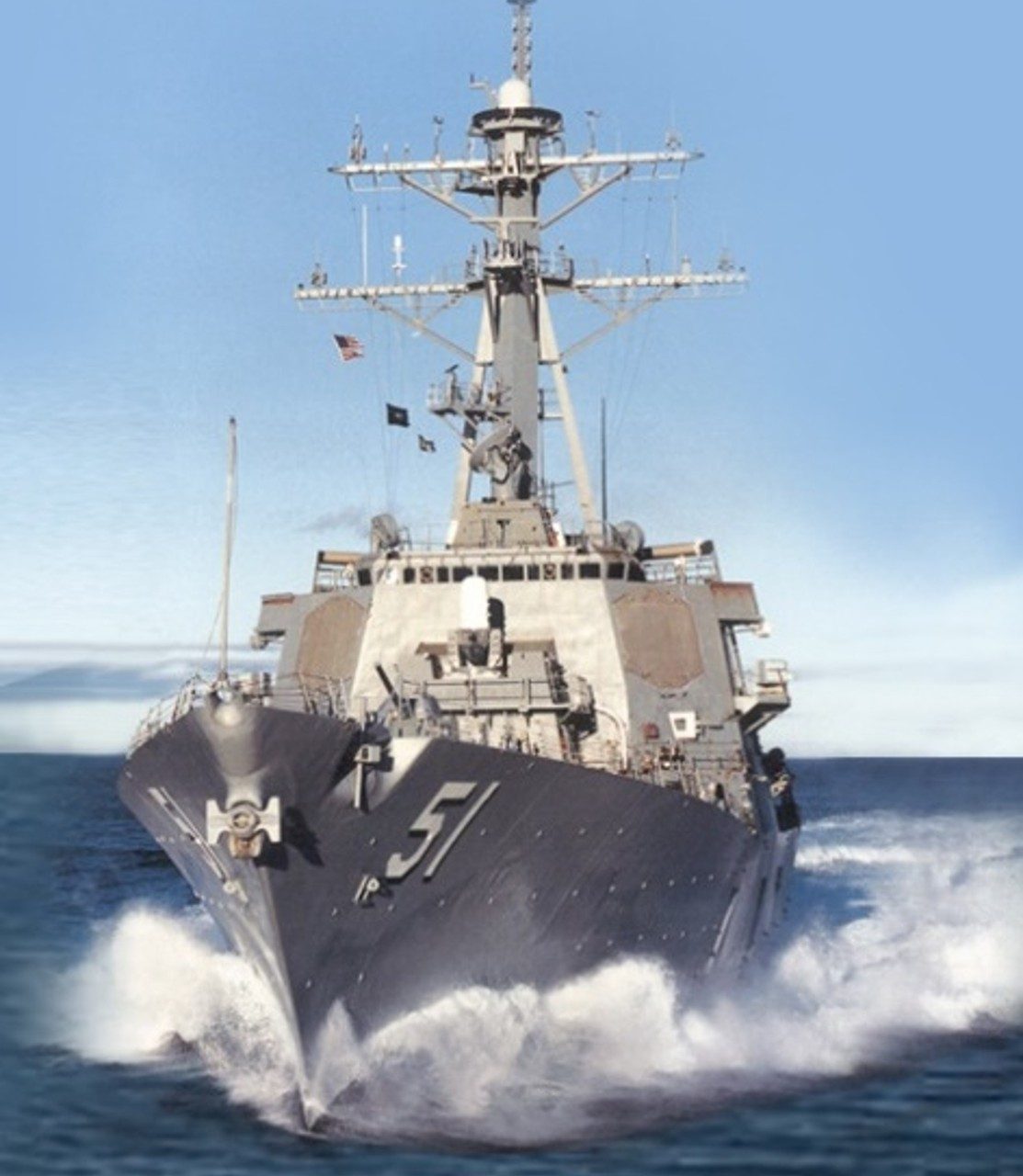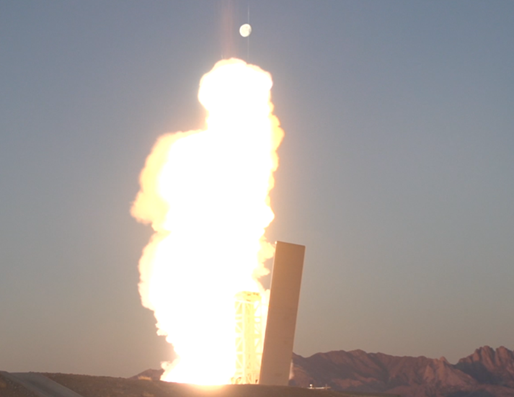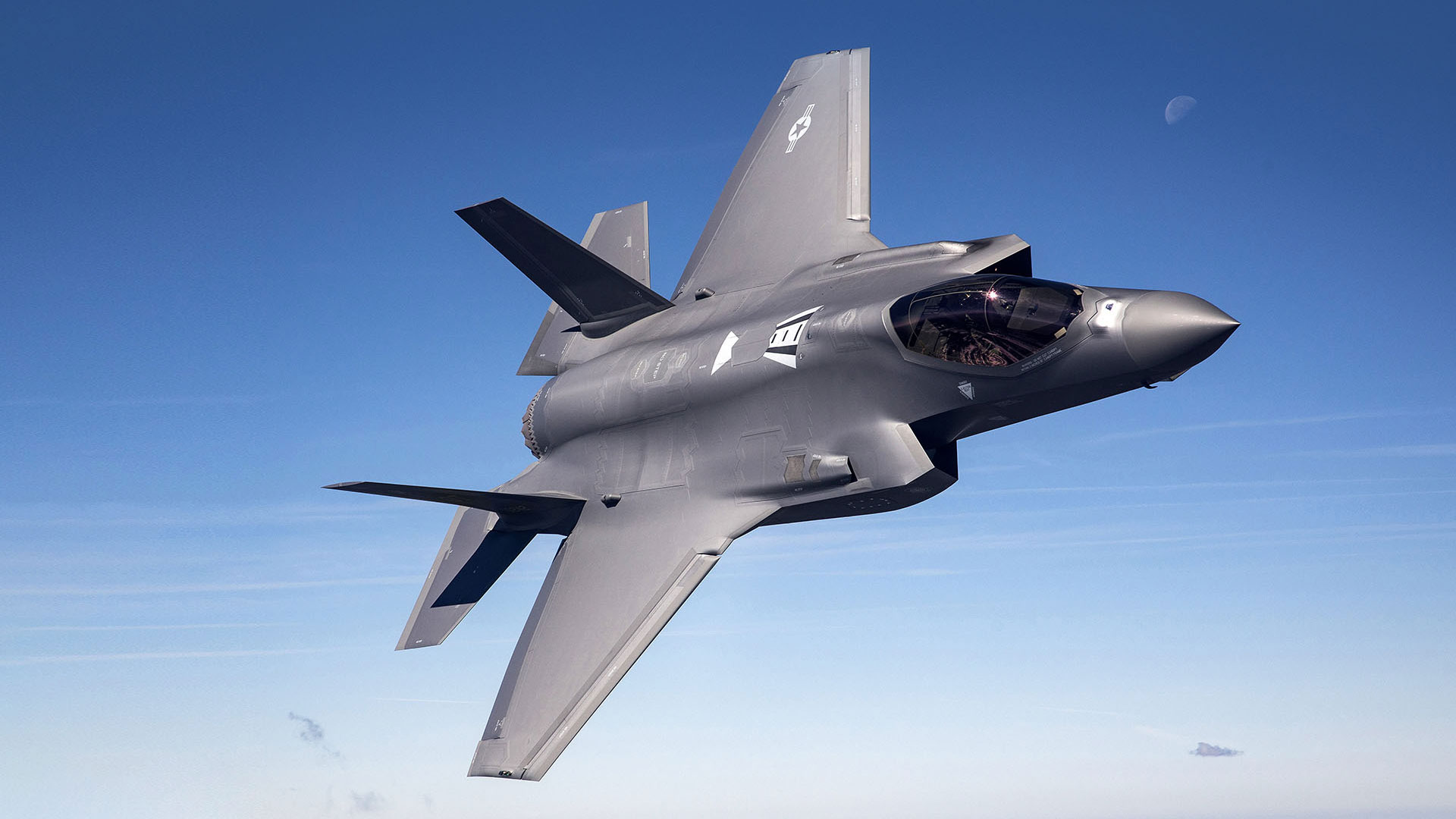Enhancing Naval Missile Defense Capability, PAC-3 MSE and Aegis

PAC-3 MSE in flight
The PAC-3 MSE is an industry-leading, hit-to-kill missile interceptor designed to counter advanced threats including ballistic missiles, cruise missiles, hypersonics and aircraft. Its advanced propulsion system, coupled with a sophisticated guidance system and enhanced airframe enables increased performance against incoming threats at range and altitude.
In response to increasing demand, PAC-3 MSE’s production line is growing. PAC-3 MSE had a record production year in 2024, producing more than 500 PAC-3 MSEs. An additional 20 percent growth is planned for 2025. Lockheed Martin continues to invest in the PAC-3 MSE ramp-up and is expected to reach 650 PAC-3 MSEs per year by 2027.
PAC-3 MSE’s advanced capabilities and growing capacity could enable the U.S. Navy to address critical gaps – now to defend against advanced, maneuverable threats at scale.

The Aegis Combat System - DVIDS
Aegis has 50 years of proven capability and is the U.S. Navy’s and six International Allies’ Surface Combat System. It is the most mature, capable multi-mission combat system in the world and has been deployed across 20+ different ships.
Aegis provides a robust and scalable architecture for detecting, tracking and engaging air and missile threats. Aegis is adaptable and to keeps with evolving Integrated Air and Missile Defense (IAMD) threats by rapidly integrating advanced capabilities and system updates through advanced software development processes, microservices and containerization.

PAC-3 MSE with MK-70 in 2024
By integrating PAC-3 MSE into Aegis, it increases the capacity and capability of the combat system so the U.S. military can engage missile threats at multiple layers, creating amore comprehensive and effective defense.
To ensure compatibility between the systems, Lockheed Martin is investing in technology modifications for the PAC-3 MSE.
In 2024, in partnership with multiple Department of Defense Services and Components, Lockheed Martin launched a PAC-3 MSE interceptor from an MK-70 containerized launch platform to engage a cruise missile target. This test marked the first time PAC-3 MSE was launched vertically, while integrated with virtualized Aegis, to intercept a live target – a huge milestone for the two programs.
To fully integrate PAC-3 MSE into Aegis, Lockheed Martin is investing in PAC-3 MSE’s integration with the legacy MK41 Vertical Launching System (VLS) to offer an affordable solution for PAC-3 MSE employment on maritime platforms. With more than 4,300 successful missile firings, the MK41 VLS is a combat-proven launcher that eliminates problems associated with conventional and single-purpose launchers on surface ships. Installed below deck, MK 41 VLS provides unparalleled operational availability, survivability and versatility with minimal staffing, training and maintenance requirements.
PAC-3 MSE integration into Aegis showcases Lockheed Martin’s commitment to developing transformational, mission-focused, integrated technology to outpace adversaries and stay ahead of evolving threats. Integrating PAC-3 MSE into Aegis’s open architecture enables affordable, rapid integration for maritime engagements and could deliver a dynamic, combat-proven IAMD capability to U.S. Sailors.




